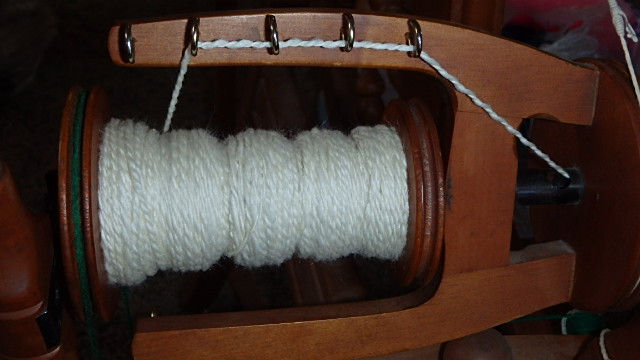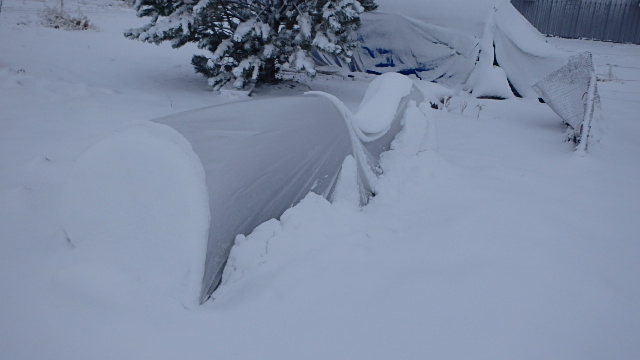Now that the weather has begun to act like winter, my hikes are now limited to just the local areas in the valley where it is warmer and drier than the high peaks to the south and the mesa to the north. In my opinion this really is the best time of the year to hike in these valleys because there is no snow to contend with and the weather is generally sunny, but cool. These local hikes would be torture in the summer, just because of how hot it can be, but they are still pretty places to go explore.
A friend of mine told me about this hike, with the highlight being some petroglyphs on a large boulder not too far into the hike. For the most part the hike is pretty easy winding down a small valley that follows a seasonal creek. There are short sections of oak forest that are nice to walk through in their dappled shade. I went early in the day after a good cold night and was able to catch the frost in the forest before it evaporated away.
The sides of the valley rose steeply on either side and many birds made thier homes on the side of this cliff.
There were a number of interesting rocks that had been carved by wind and time along the path that I was hiking. Some looked like they had been chewed up from the inside out, proving that not even rocks can stand up to the strength of the high deset wind.
The boulder with the petroglyphs was probably very impressive at one point, but I was dissapointed to find it nearly ruined by modern graffitti and bullet holes. There were still a few original native pictures carved into the stone thankfully, but I wonder how long it will be before they too are lost to the winds of time.
After the petroglyphs, I followed the trail farther down the valley. Gradually the trail began to rise in elevation and the valley seemed to come to a point at a low peak.
At this point I had already been hiking for a good hour and a half, so here I decided to take a break and have a snack on the trail. The silence was perfect and only broken occasionally by the sound of flocks of small birds twittering down the valley, or the hawk lazily circling overhead.
When I turned to head back, the Cimmarons were just coming into view across the way to the east. I find it amazing that such great views are so easy to come by in this area of the country. It seems that no matter which way I turn, there are views as far as the eye can see. Perhaps I pay more attention to them since I came from an area that had nothing but flatness and houses for as far as the eye could see. It sure makes me happy that I get to live here.




















































